Monospinal is a Japanese gaming company’s HQ inspired by its product’s world
A Japanese design studio fulfils its quest to take Monospinal, the Tokyo HQ of a video game developer, to the next level
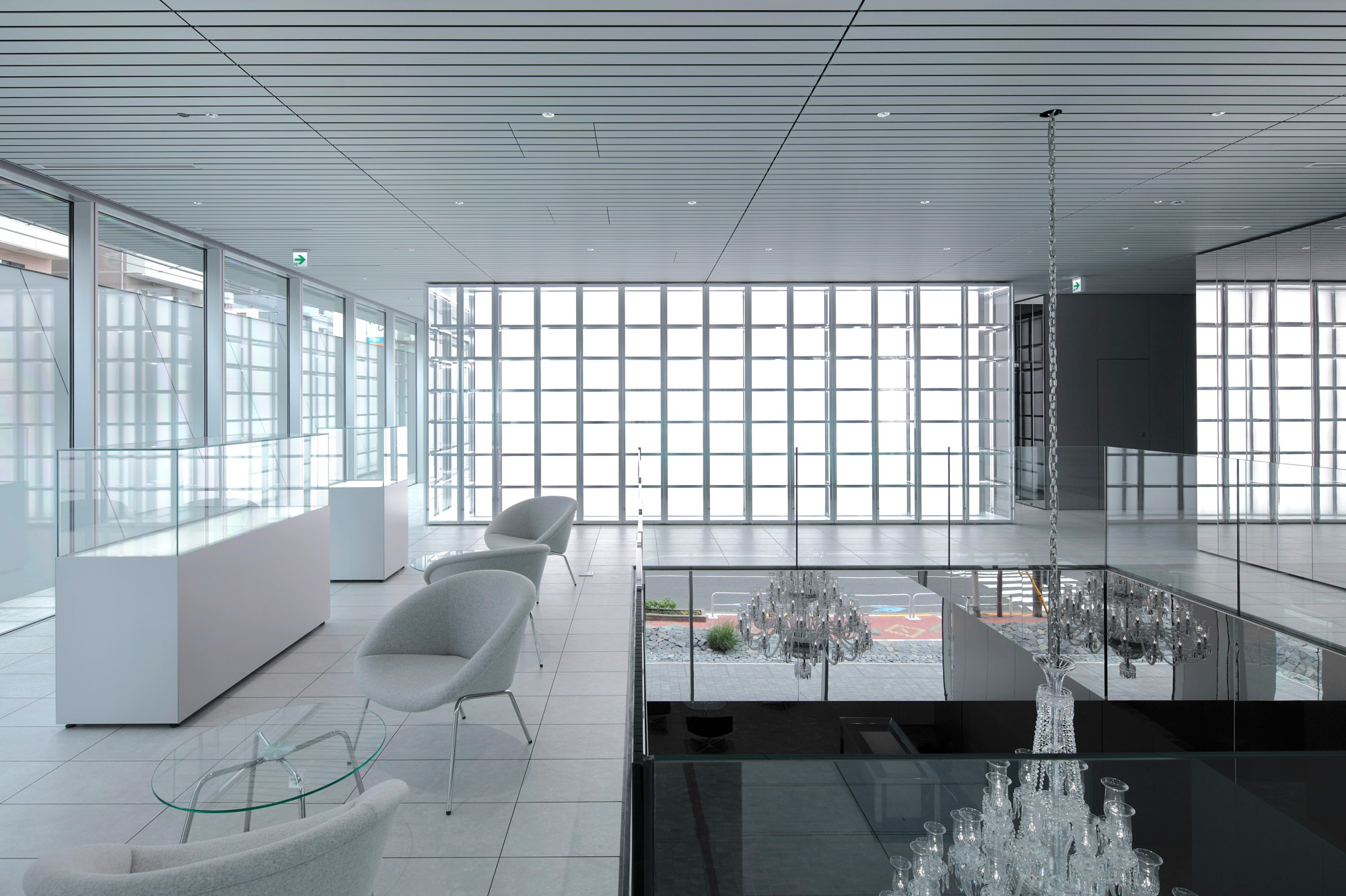
Monospinal, the HQ of a successful Japanese gaming company was born as a symbolic manifestation of its users’ world and values, conceived by Tokyo-based studio Makoto Yamaguchi Design to house the firm’s core creative hub in the Japanese capital’s Taito-ku ward.
The building’s distinctive vertical sawtooth outline, which gives it its striking spine-like appearance, makes a bold visual statement that sits well with Japan’s renowned animation aesthetics, but it gives little away about its internal goings-on. It was Yamaguchi’s blend of conceptual and practical architectural thinking that led to this final form. ‘The diagonal walls are designed to deflect noise from the elevated train tracks nearby and to softly invite light and wind into the building,’ he says. ‘That, and the fact that each layer is separated by a horizontal line, though each layer appears to overlap, guided the design development.’
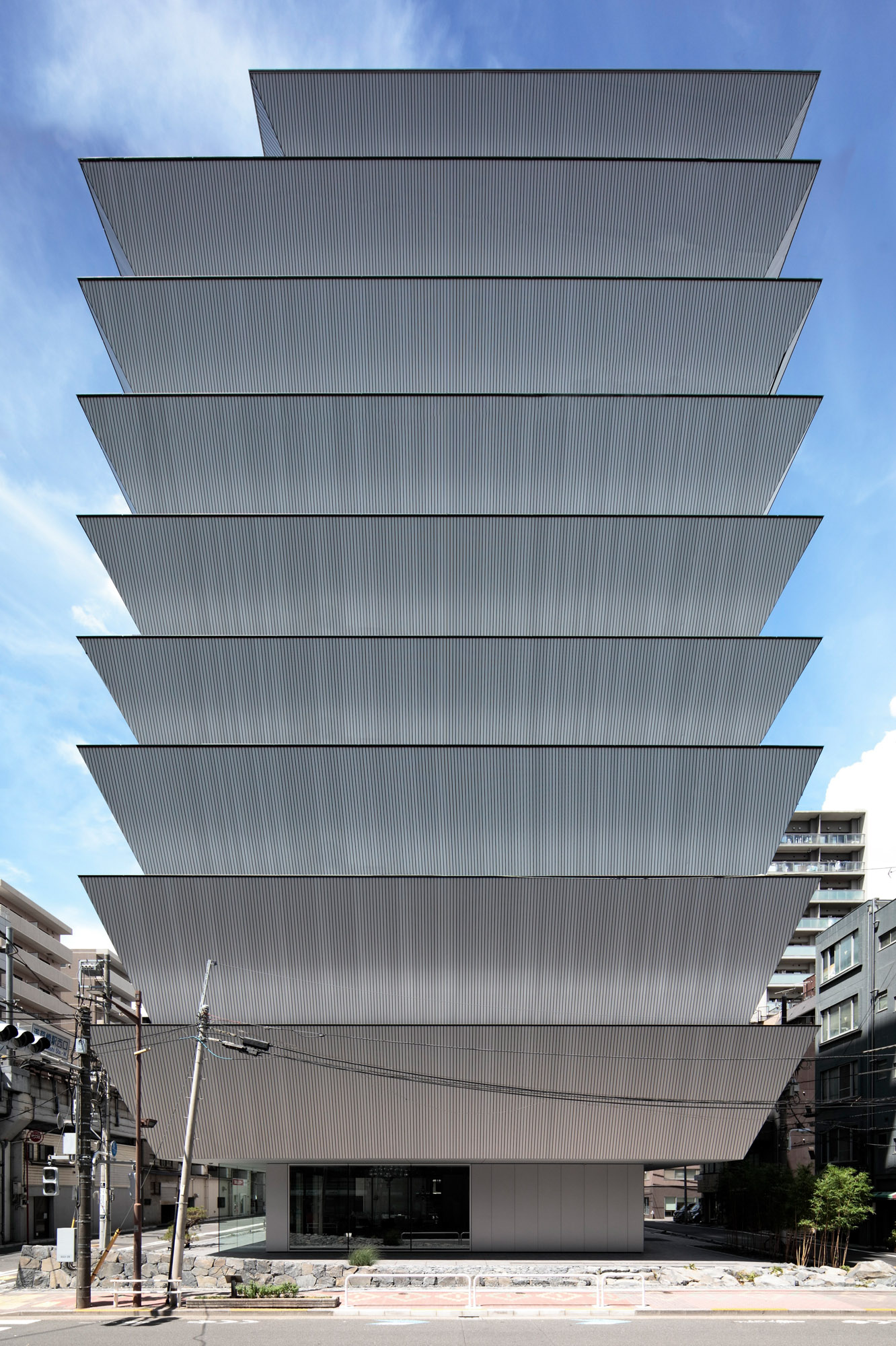
Upward-slanted walls control light, ventilation and acoustics into the building, as well as giving it its striking spine-like appearance
Monospinal: a symbolic manifestation of gaming worlds and values
The architect goes on to explain that he sought to avoid the harsh vertical lines that tall buildings are often associated with, using the layers to soften the structure’s profile and taking a leaf from the country’s rich architectural heritage. ‘It’s the same as the traditional Japanese wooden, multiple-tower structures that have been in use for more than 1,400 years.’
Each of the upward-slanted walls of the steel frame structure (which includes some vertical aluminium elements and was designed with the support of engineering firm Arup) corresponds to a floor in the building, of which there are eight above ground and one underground. The building’s lower levels feature higher ceilings and more discreet openings, revealing little of what goes on behind the façades. The higher a floor is located, the more the spaces open outwards to vistas, while a sheltered terrace on each floor ensures that there’s outside space available at every turn.
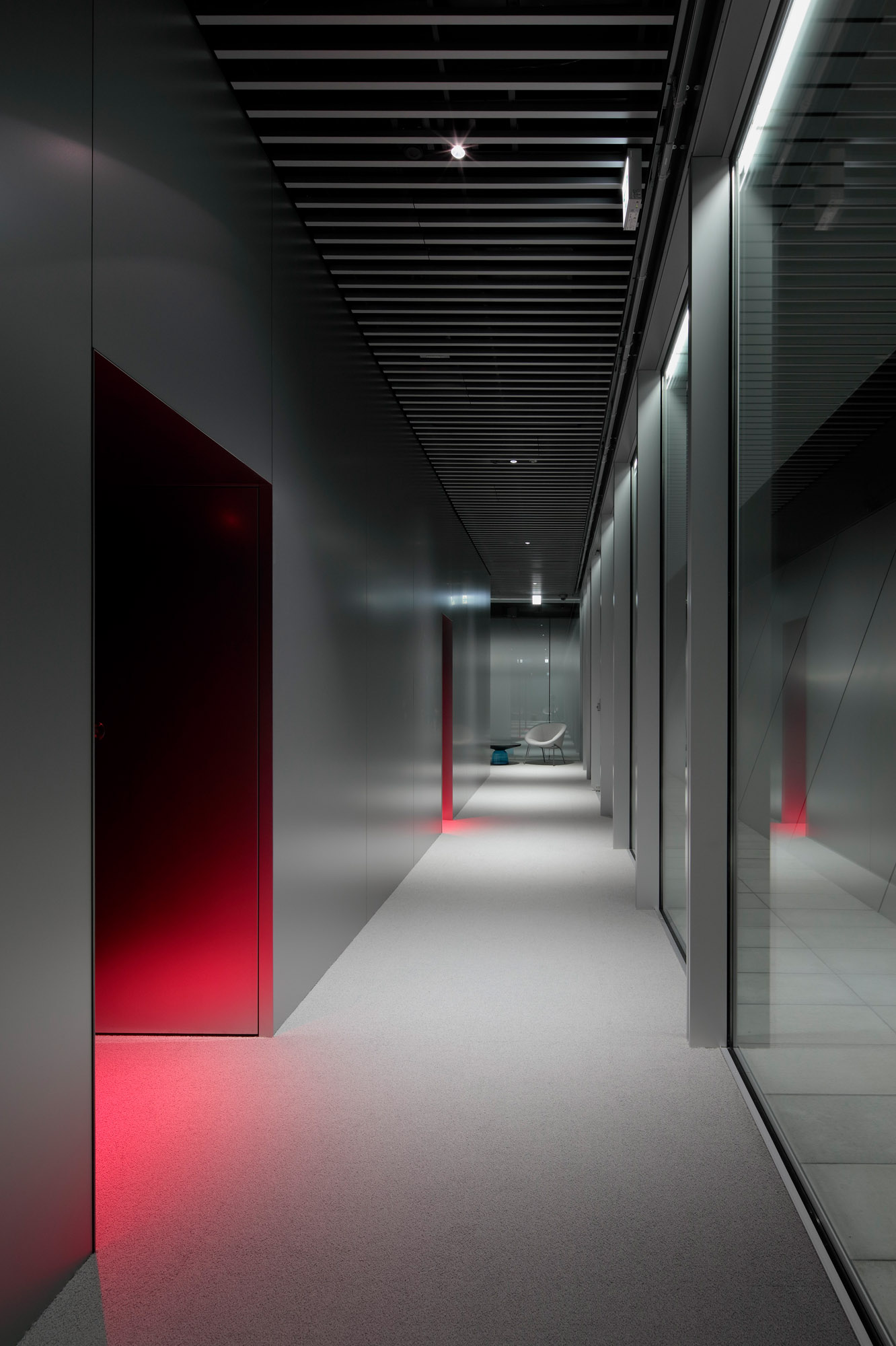
Levels two and three, which sit parallel with the adjacent train line, contain areas that require less natural light and benefit from seclusion, such as an auditorium and sound studios. Meanwhile, the fifth floor, where views start to open up towards the cityscape, is a designated communal space for employees to rest, socialise and exchange ideas; it includes a dining room, lounge and gym. Further up, the seventh floor is reserved for executive and VIP use.
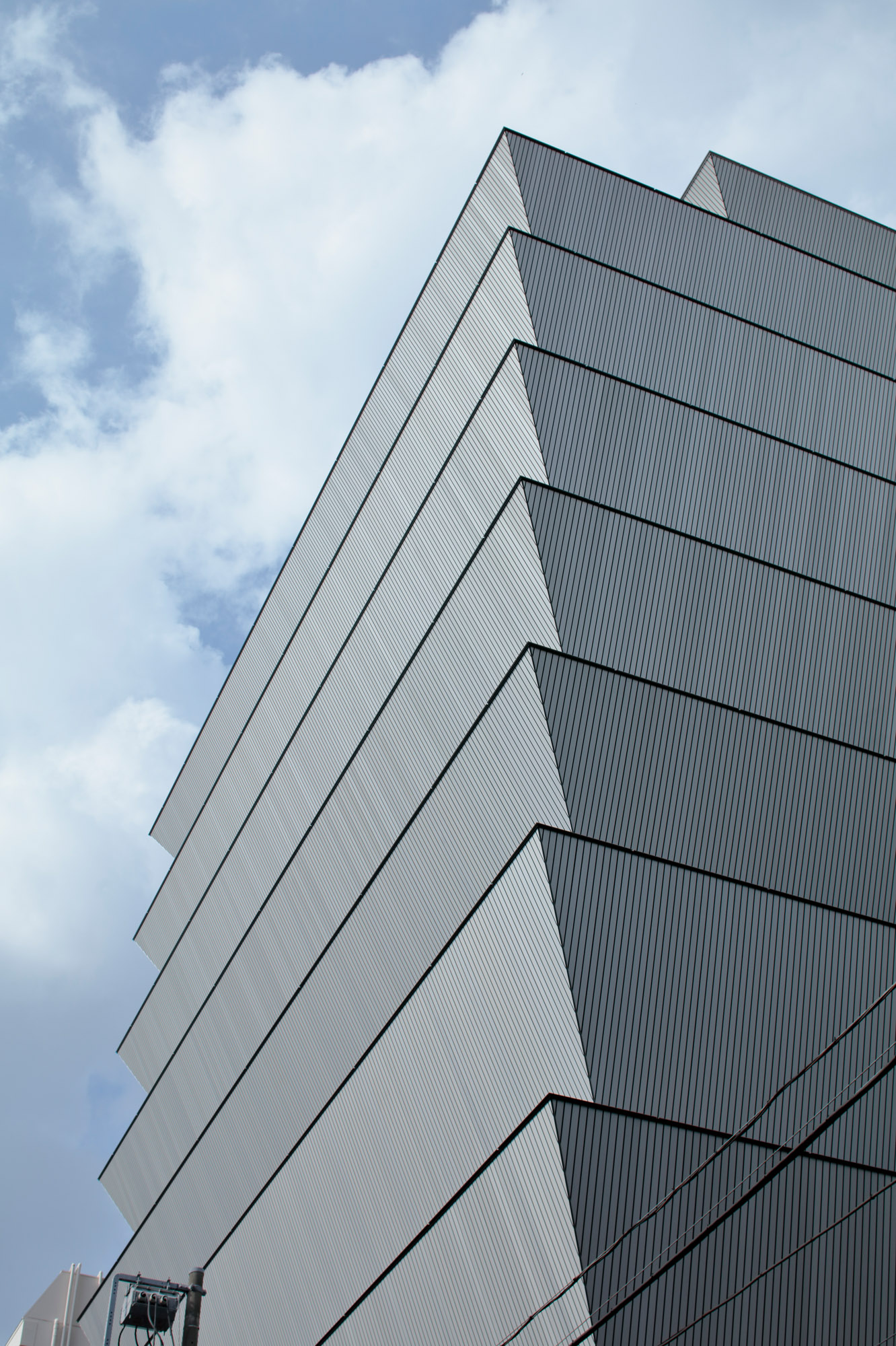
The seemingly disparate styles and furniture elements that punctuate Monospinal, from its monochromatically minimalist surfaces to its medieval-style chandeliers and contemporary Italian sofas and tables, are not as arbitrary as they may appear to be at first glance. Each element was chosen to reference specific video-game settings and worlds, nodding to different time periods and territories from the company’s arsenal. At the same time, the skin’s grey, subtly textured exterior surface can easily blend with the skies beyond, or look like ‘a huge 3D computer graphic image’ when lit in certain ways.
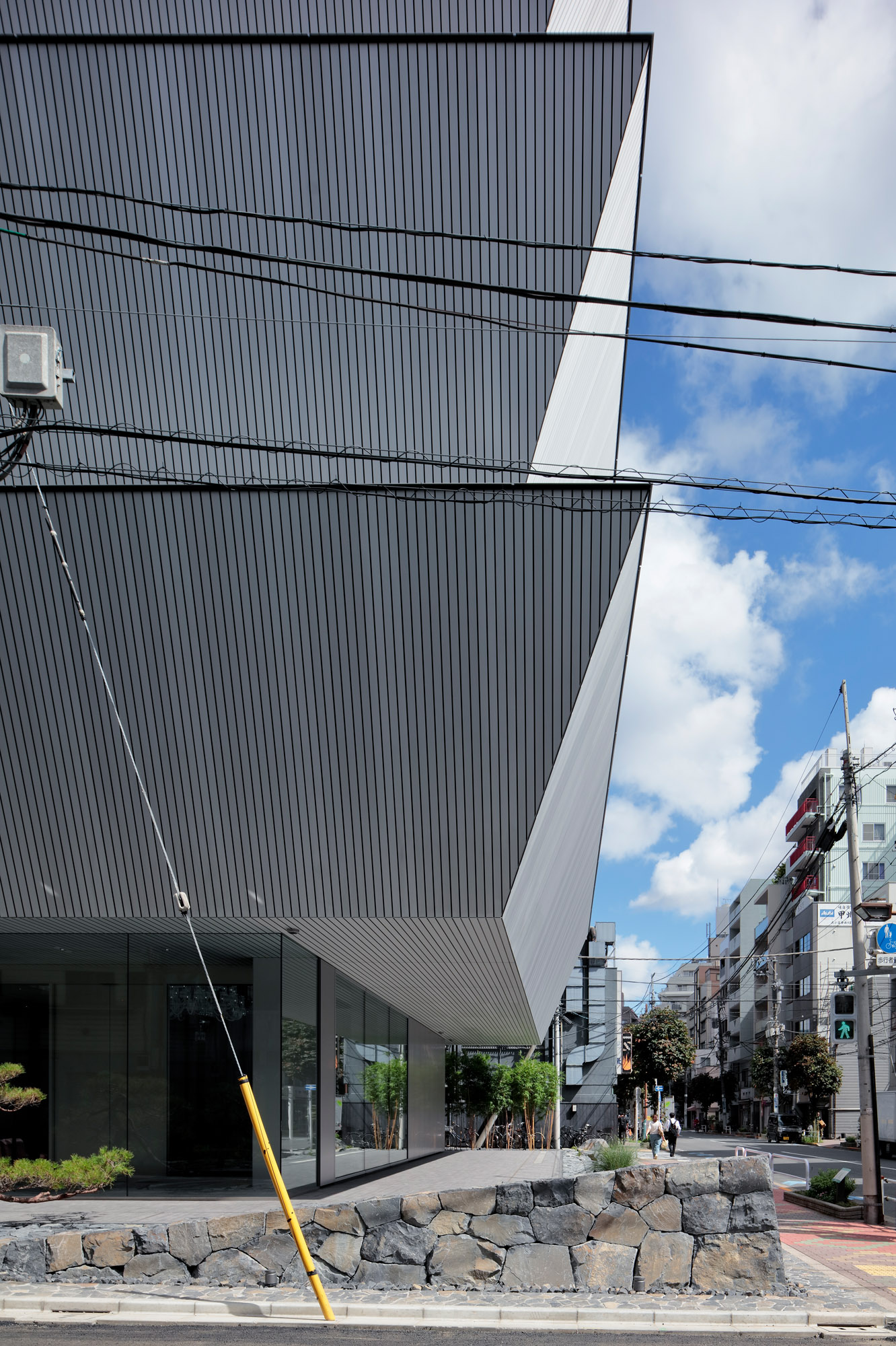
Monospinal balances the tightrope between offering a rich environment, full of character distilled from its users’ identity, while remaining effortlessly poised, relatively discreet, and even slightly mysterious to the outside world. ‘The building has become a landscape. The landscape here means that the building does not emit any information about its use or function. It is completely silent,’ says Yamaguchi, highlighting that just as nature operates in a seamless and organic way, buildings can also be part of that ecosystem, blending into a context.
Receive our daily digest of inspiration, escapism and design stories from around the world direct to your inbox.
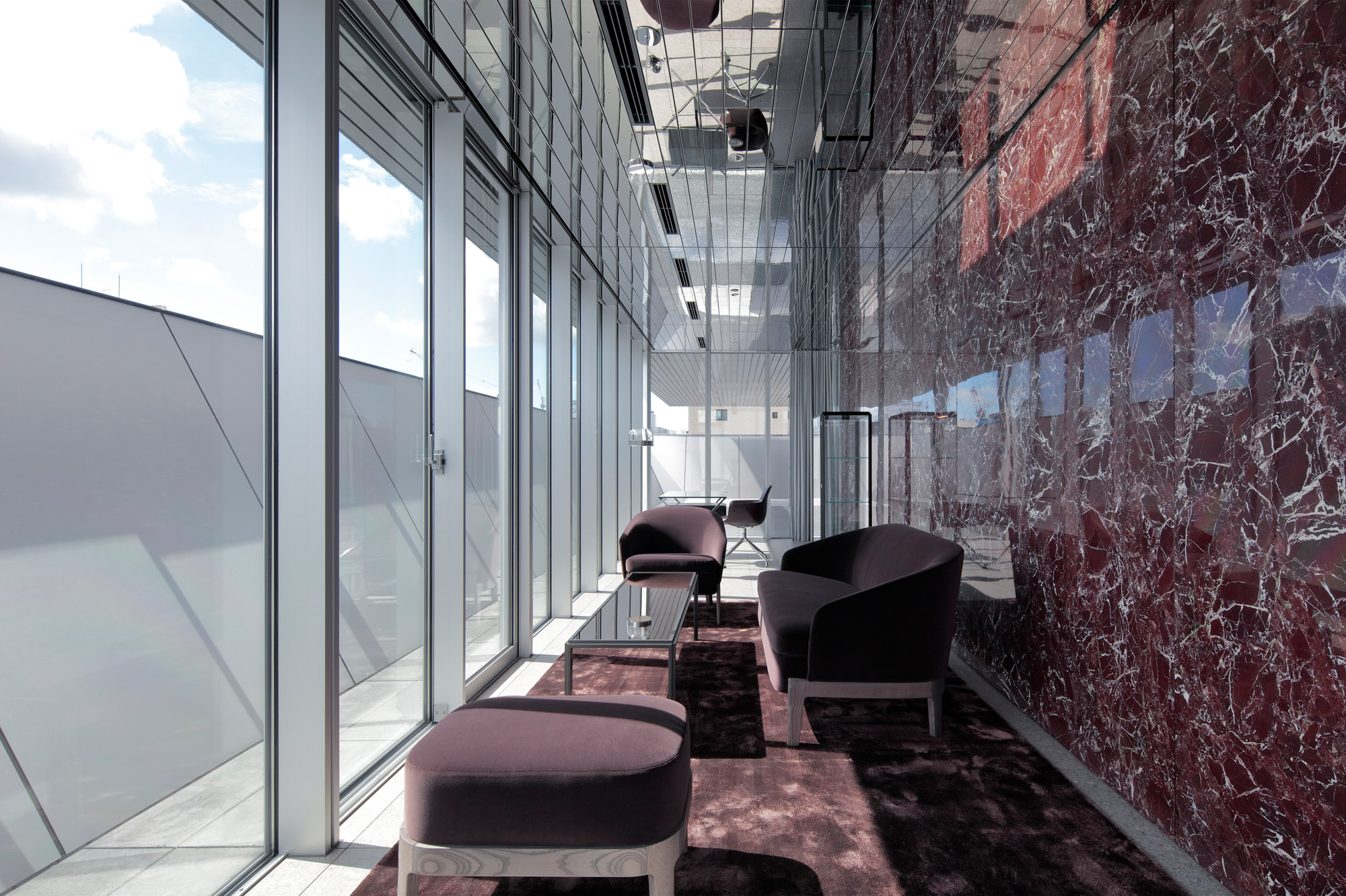
‘Sometimes people who see this building won’t even know that it is a building,’ he continues. ‘Depending on the season and the time of day, the viewer may be surprised at how the building glows, or might even overlook it. I am happy that we were able to realise our wish of becoming such a presence.’
A version of this article appears in the May 2024 issue of Wallpaper*, available in print, on the Wallpaper* app on Apple iOS, and to subscribers of Apple News +. Subscribe to Wallpaper* today
Ellie Stathaki is the Architecture & Environment Director at Wallpaper*. She trained as an architect at the Aristotle University of Thessaloniki in Greece and studied architectural history at the Bartlett in London. Now an established journalist, she has been a member of the Wallpaper* team since 2006, visiting buildings across the globe and interviewing leading architects such as Tadao Ando and Rem Koolhaas. Ellie has also taken part in judging panels, moderated events, curated shows and contributed in books, such as The Contemporary House (Thames & Hudson, 2018), Glenn Sestig Architecture Diary (2020) and House London (2022).
-
 David Lynch’s photographs and sculptures are darkly alluring in Berlin
David Lynch’s photographs and sculptures are darkly alluring in BerlinThe late film director’s artistic practice is the focus of a new exhibition at Pace Gallery, Berlin (29 January – 22 March 2026)
-
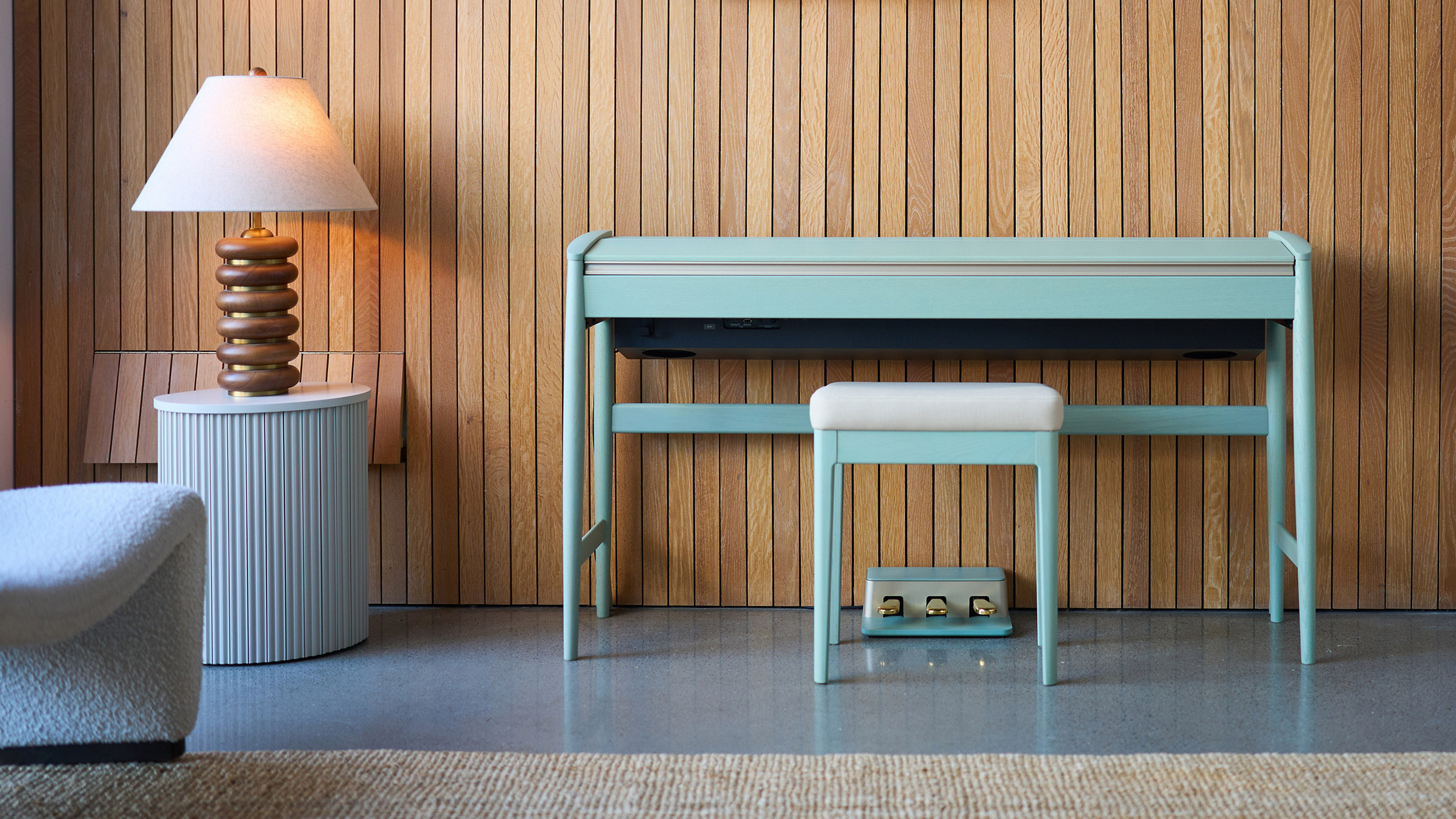 Roland and Karimoku expand their range of handcrafted Kiyola digital pianos
Roland and Karimoku expand their range of handcrafted Kiyola digital pianosThe new Roland KF-20 and KF-25 are the latest exquisitely crafted digital pianos from Roland, fusing traditional furniture-making methods with high-tech sound
-
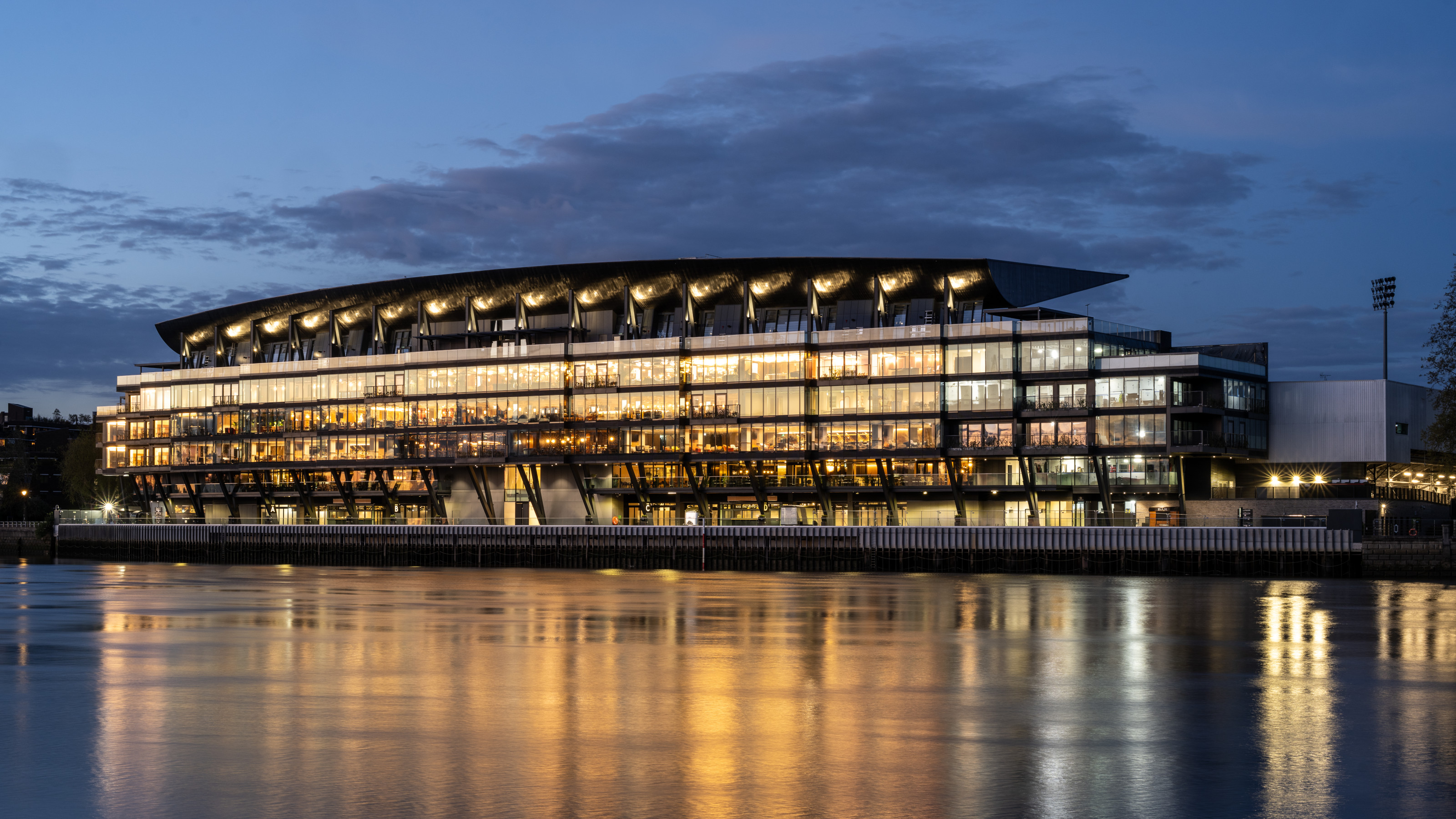 Fulham FC’s new Riverside Stand by Populous reshapes the match-day experience and beyond
Fulham FC’s new Riverside Stand by Populous reshapes the match-day experience and beyondPopulous has transformed Fulham FC’s image with a glamorous new stand, part of its mission to create the next generation of entertainment architecture, from London to Rome and Riyadh
-
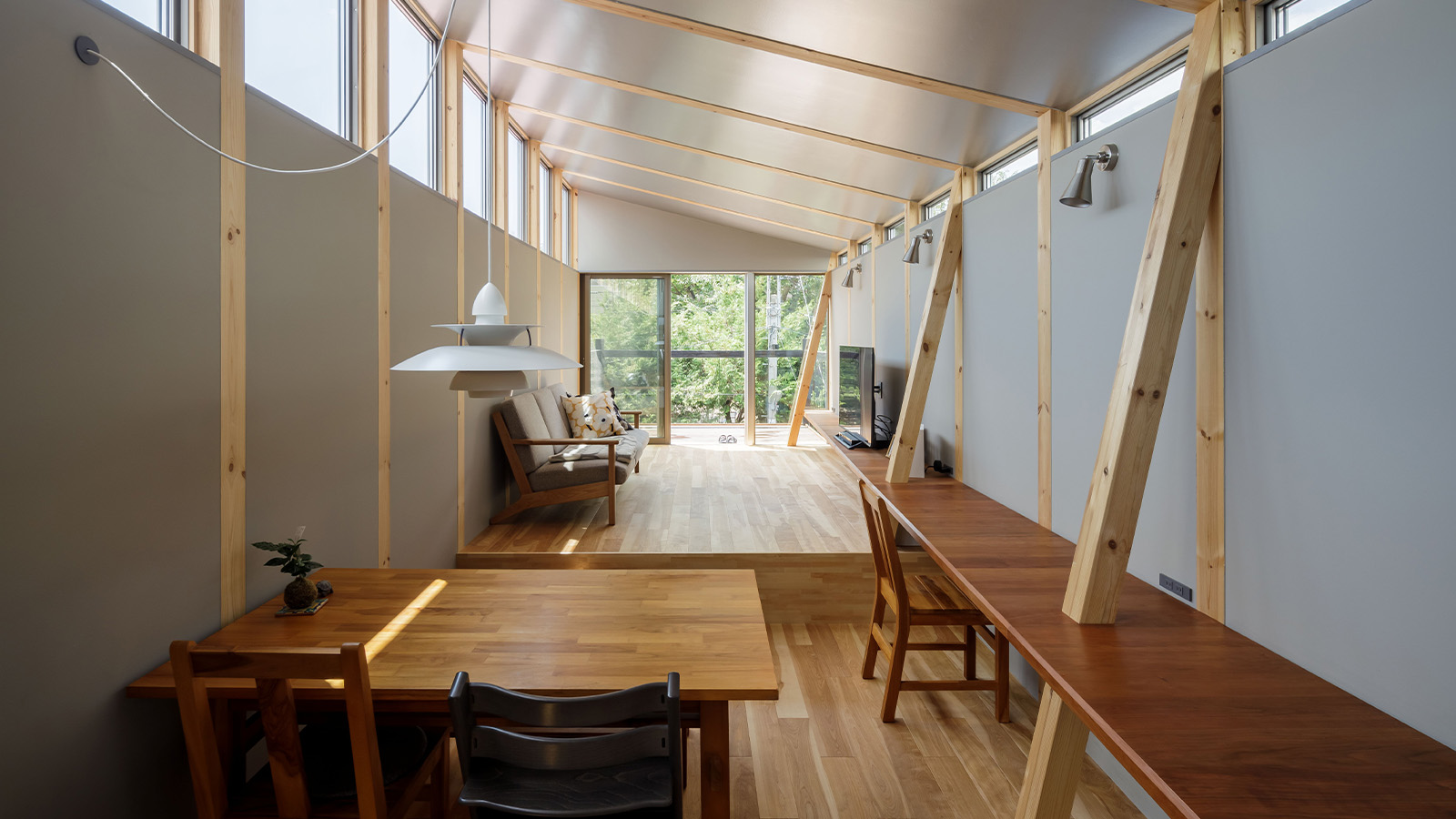 This Fukasawa house is a contemporary take on the traditional wooden architecture of Japan
This Fukasawa house is a contemporary take on the traditional wooden architecture of JapanDesigned by MIDW, a house nestled in the south-west Tokyo district features contrasting spaces united by the calming rhythm of structural timber beams
-
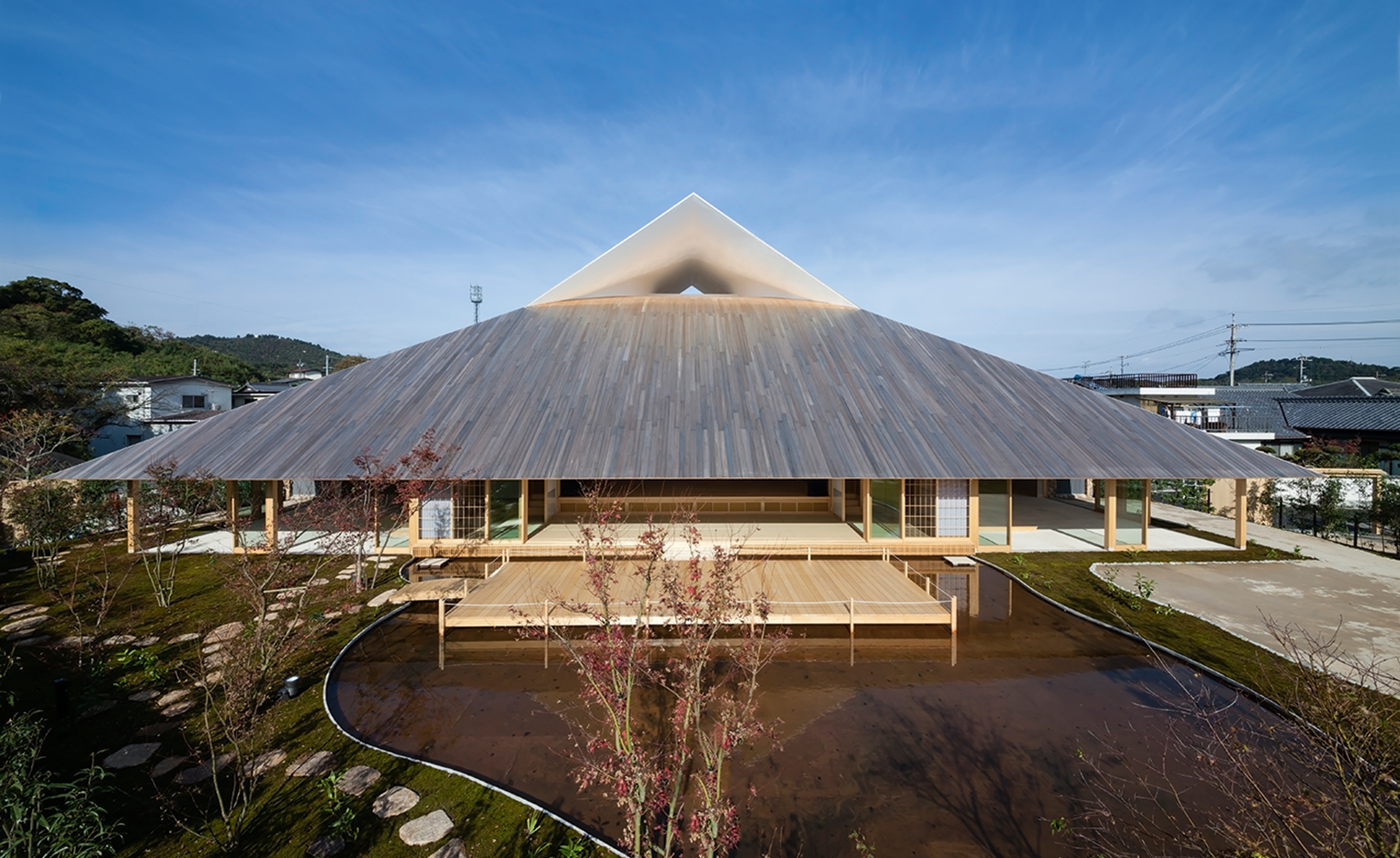 Take a tour of the 'architectural kingdom' of Japan
Take a tour of the 'architectural kingdom' of JapanJapan's Seto Inland Sea offers some of the finest architecture in the country – we tour its rich selection of contemporary buildings by some of the industry's biggest names
-
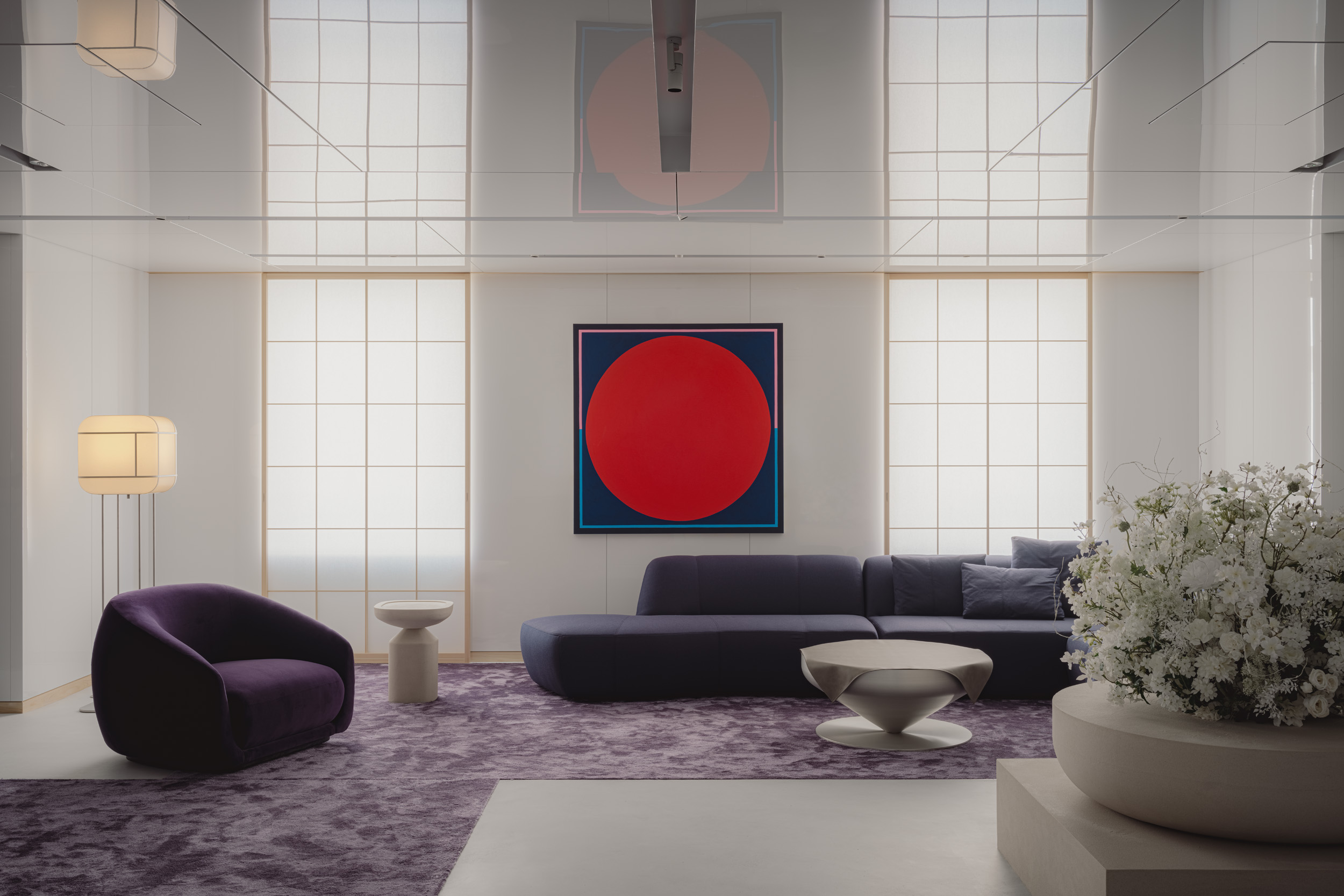 Matsuya Ginza lounge is a glossy haven at Tokyo’s century-old department store
Matsuya Ginza lounge is a glossy haven at Tokyo’s century-old department storeA new VIP lounge inside Tokyo’s Matsuya Ginza department store, designed by I-IN, balances modernity and elegance
-
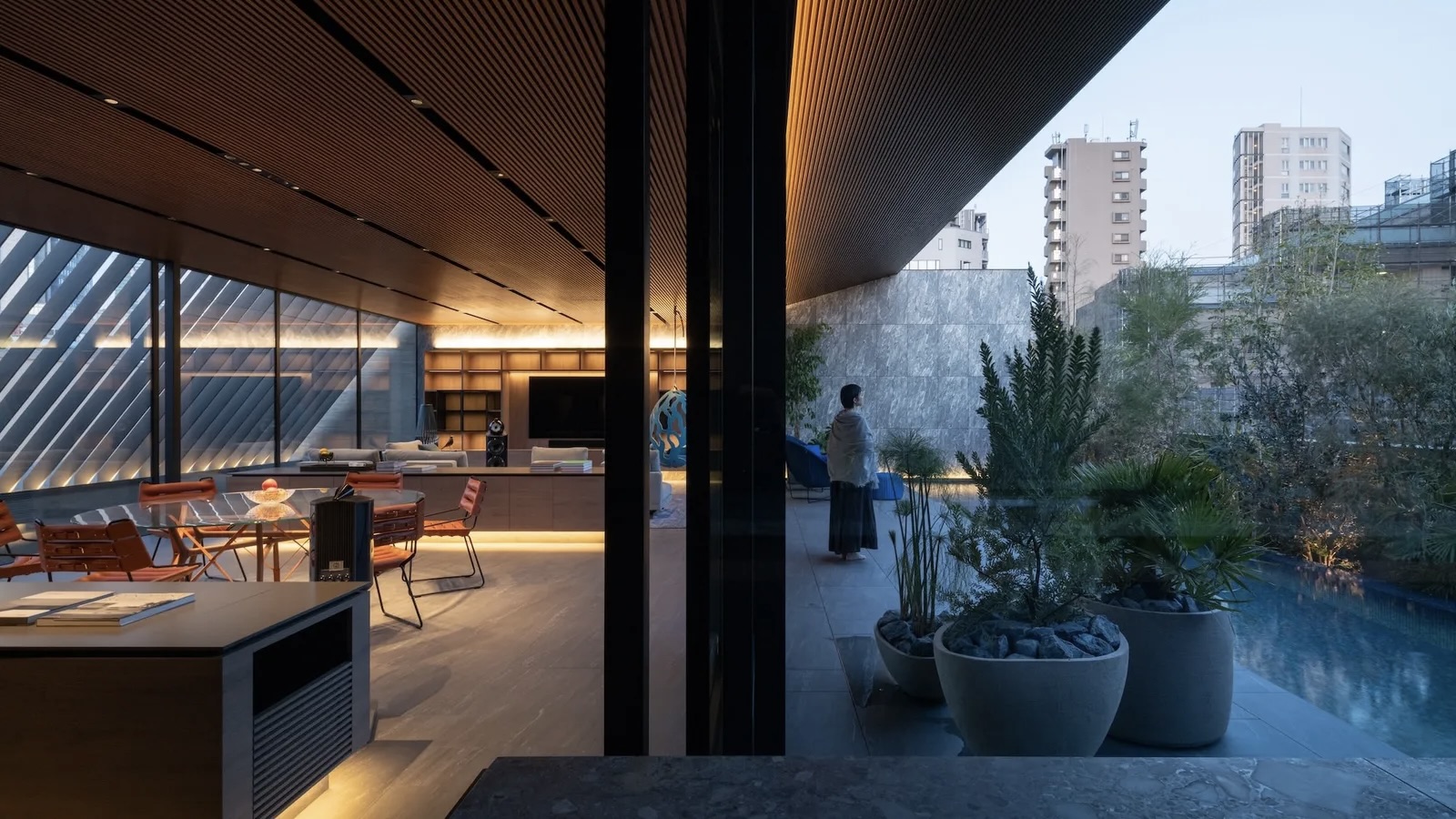 The Architecture Edit: Wallpaper’s houses of the month
The Architecture Edit: Wallpaper’s houses of the monthThis September, Wallpaper highlighted a striking mix of architecture – from iconic modernist homes newly up for sale to the dramatic transformation of a crumbling Scottish cottage. These are the projects that caught our eye
-
 Utopian, modular, futuristic: was Japanese Metabolism architecture's raddest movement?
Utopian, modular, futuristic: was Japanese Metabolism architecture's raddest movement?We take a deep dive into Japanese Metabolism, the pioneering and relatively short-lived 20th-century architecture movement with a worldwide impact; explore our ultimate guide
-
 A new Tadao Ando monograph unveils the creative process guiding the architect's practice
A new Tadao Ando monograph unveils the creative process guiding the architect's practiceNew monograph ‘Tadao Ando. Sketches, Drawings, and Architecture’ by Taschen charts decades of creative work by the Japanese modernist master
-
 A Tokyo home’s mysterious, brutalist façade hides a secret urban retreat
A Tokyo home’s mysterious, brutalist façade hides a secret urban retreatDesigned by Apollo Architects, Tokyo home Stealth House evokes the feeling of a secluded resort, packaged up neatly into a private residence
-
 Landscape architect Taichi Saito: ‘I hope to create gentle landscapes that allow people’s hearts to feel at ease’
Landscape architect Taichi Saito: ‘I hope to create gentle landscapes that allow people’s hearts to feel at ease’We meet Taichi Saito and his 'gentle' landscapes, as the Japanese designer discusses his desire for a 'deep and meaningful' connection between humans and the natural world